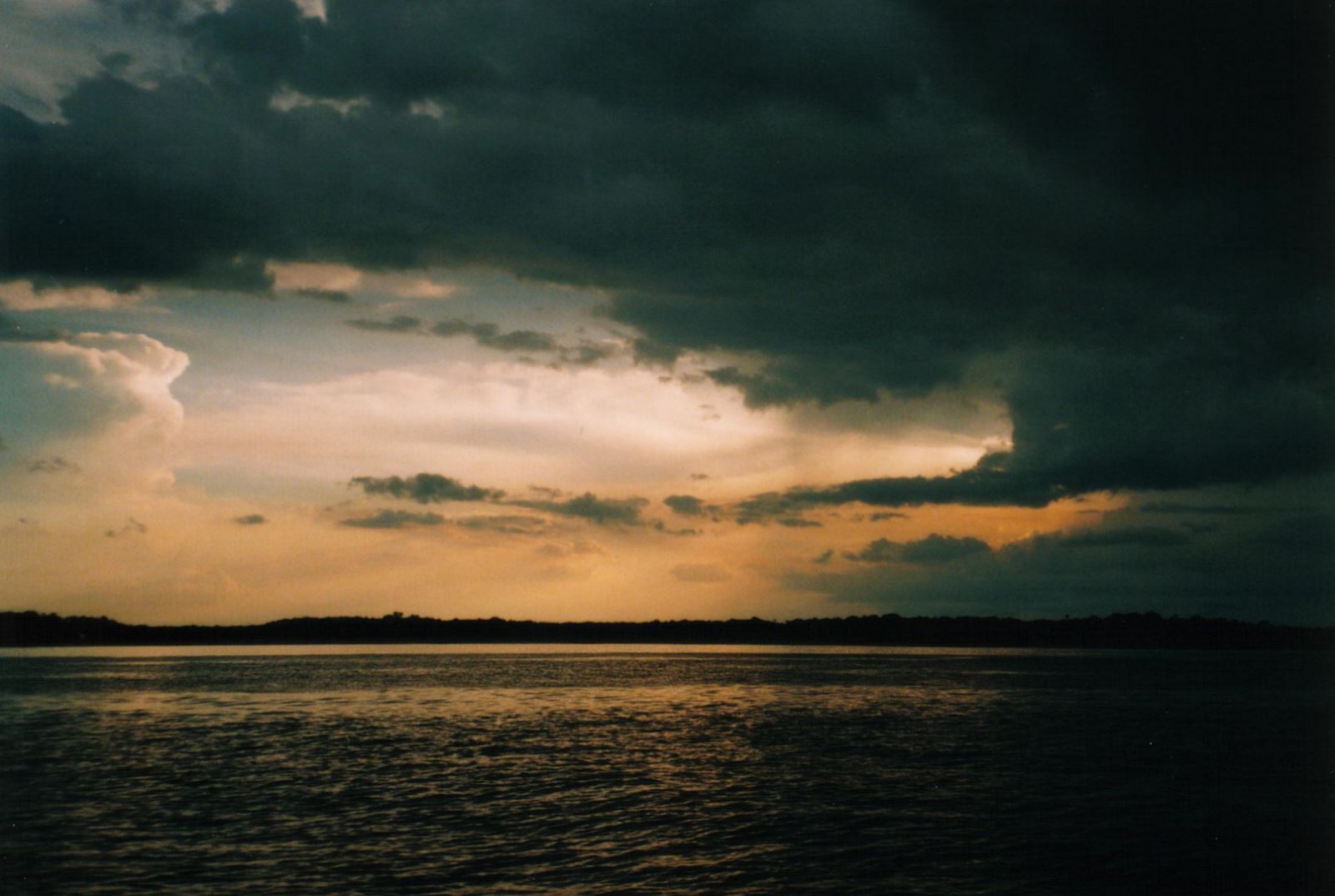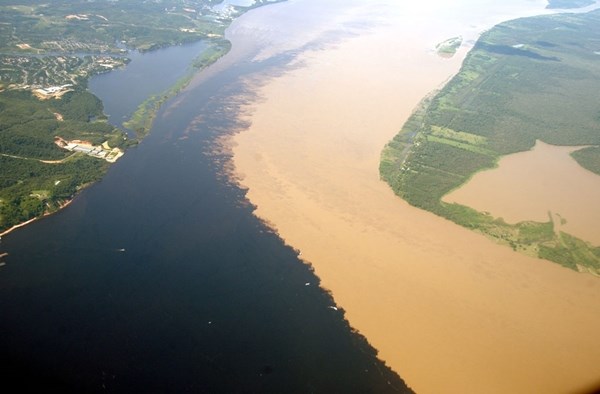The Rio Negro ("Black River"), or Guainía as it is known in its upper part, is the largest left tributary of the Amazon River (accounting for about 14% of the water in the Amazon basin), the largest blackwater river in the world, and one of the world's ten largest rivers by average discharge.

The river was named by the Spanish explorer Francisco de Orellana, who first came upon it in 1541. By the middle of the 17th century, Jesuits had settled along its banks in the midst of numerous tribes: Manau, Aruák, and Trumá Indians.
While the name Rio Negro means Black River, its waters are similar in color to strong tea, which is typical of blackwater rivers.

The dark color comes from humic acid due to an incomplete breakdown of phenol-containing vegetation from sandy clearings. The river was named because it looks black from a distance. Rio Negro has a very high species richness.

About 700 fish species have been documented in the river basin, and it is estimated that the total is 800–900 fish species, including almost 100 endemics and several undescribed species. Among these are many that are important in the aquarium trade, including the cardinal tetra.
According to en.wikipedia











